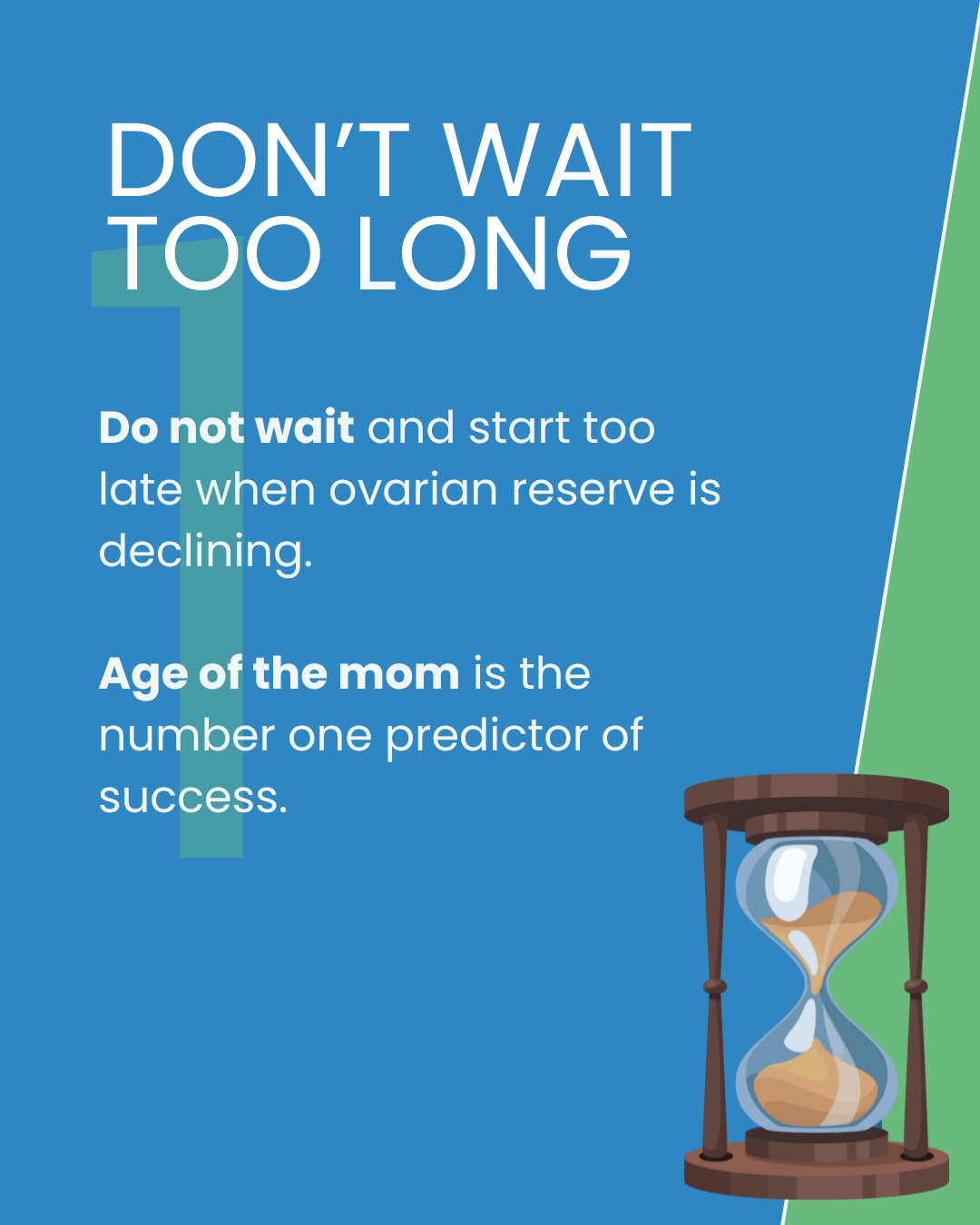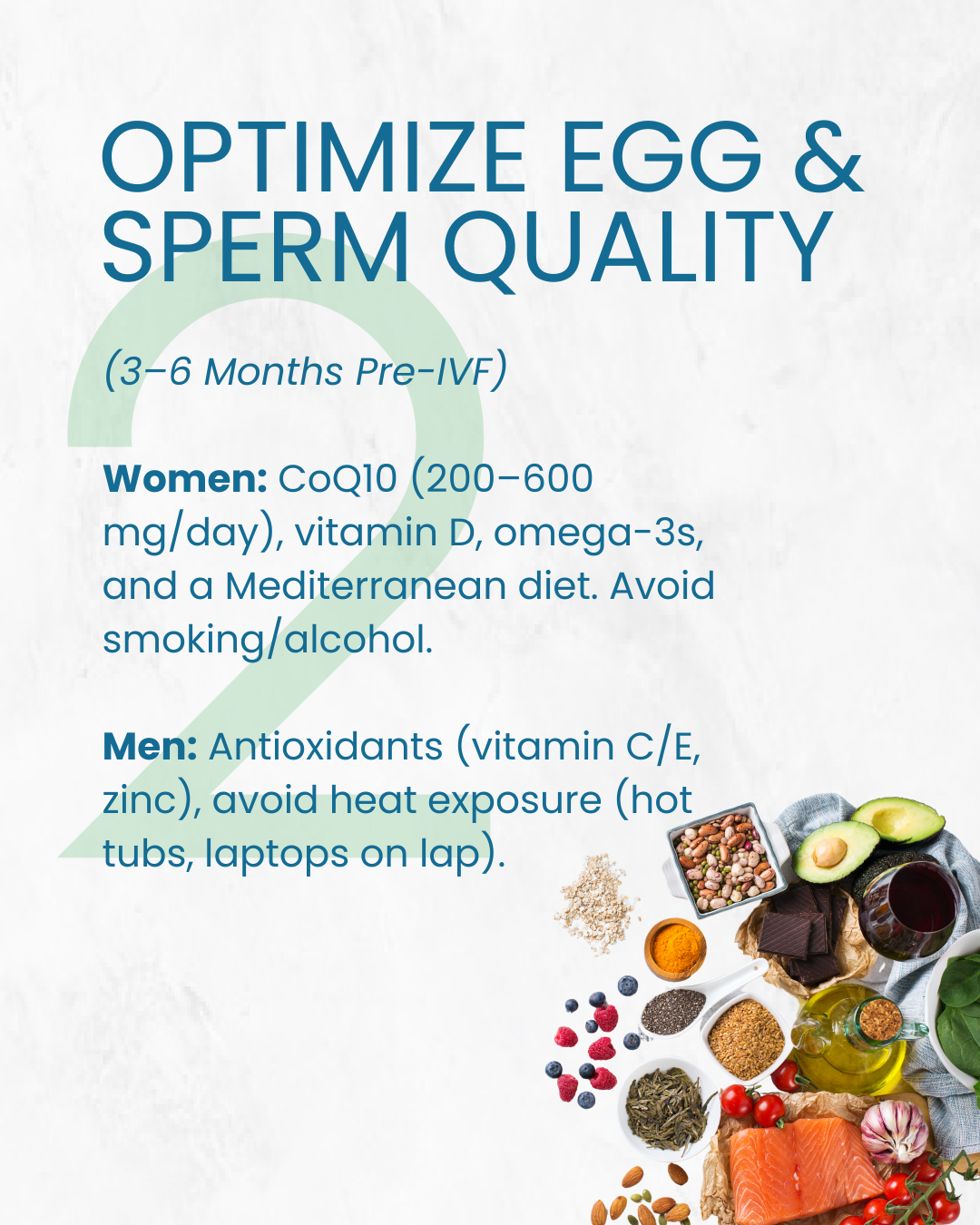About
In Vitro Fertilization(IVF)
In vitro fertilization (IVF) is a highly effective assisted reproductive technology where eggs are retrieved, fertilized in a lab, and resulting embryos are transferred into the uterus. Over the past 10–15 years, breakthroughs have dramatically improved success rates and safety, with many women under 35 now achieving >50% pregnancy success per single IVF cycle.
Key advances include freezing techniques, which preserves embryo viability better. Preimplantation genetic testing (PGT-A/PGT-M), which screens embryos for chromosomal normality and genetic disorders allowing only normal embryos with higher odds of success to be transferred. Additionally, improved culture media, endometrial receptivity testing (ERA), and single embryo transfer (SET) policies have boosted implantation rates while reducing multiple pregnancies.
Combined with cutting-edge IVF lab standards and AI-driven predictive tools, modern IVF offers safer, faster, and more successful outcomes than ever before—making parenthood achievable for many who once faced uncertain odds.
(Note: Success rates vary by age, diagnosis, and clinic expertise—but technological progress has transformed IVF into a high-efficacy treatment.)
Why IVF?
IVF offers the highest chance of pregnancy for couples facing infertility, far surpassing natural conception and IUI in success rates. Couples struggling with infertility may have only an 8-10% monthly chance naturally. IUI improves this to 10–20% per cycle (depending on diagnosis).
IVF achieves 50–60% success per cycle in women under 35—and even higher with genetic testing of embryos. IVF bypasses barriers like blocked tubes, severe male factor infertility, endometriosis, or unexplained infertility, where natural conception or IUI often fail. It also allows for preimplantation genetic testing (PGT), reducing miscarriage risks and boosting live birth rates to ~65% per transfer with embryos that test normally.
For women over 40, IVF with donor eggs can raise success rates 10-fold from <5% naturally to >50% per cycle.
Unlike IUI, which relies on the body’s unpredictable environment, IVF controls fertilization, selects the best embryos, and optimizes timing—making it the most effective path to pregnancy for those struggling to conceive.
When time, biology, or odds are against you, IVF provides the most reliable solution.
IVF Step-By-Step
List of Services
-
① Downregulation (1–2 weeks)List Item 1
You’ll take medication to temporarily "quiet" your natural hormones and prepare your ovaries for stimulation. This also evens out the follicles in the ovary to start each one off and help maximize the number of equal sized follicles.
-
② Ovarian Stimulation (~8–14 days)List Item 2
Fertility medications (injections) encourage your ovaries to grow multiple eggs (instead of the usual one per month).
Regular ultrasounds and blood tests monitor egg development.
-
③ Trigger Shot (Final Prep for Egg Retrieval)List Item 3
Once your eggs are ready, you’ll take a one-time injection to mature them for collection. Timing is precise—usually 36 hours before retrieval.
-
④ Egg Retrieval (20–30-minute procedure)Write a description for this list item and include information that will interest site visitors. For example, you may want to describe a team member's experience, what makes a product special, or a unique service that you offer.List Item 4
-
⑤ Sperm Collection & Fertilization (Day of Retrieval)
Your partner provides a sperm sample.
In the lab, eggs and sperm are combined (standard IVF) or directly injected (ICSI if sperm quality is low).
-
⑥ Embryo Development (5 days in the Lab)
Fertilized eggs grow into embryos while embryologists monitor their progress.
The embryos may be genetically tested if you choose.
-
⑦ Embryo Transfer (Quick & Painless)
A thin catheter places the best embryo into your uterus with ultrasound guidance—no anesthesia needed.
Any extra healthy embryos can be frozen for future use.
Often the embryo transfer is completed 1-3 months after the retrieval to allow the ovaries to recover and the genetic tests to be completed.
-
⑧ The Two-Week Wait (Testing for Pregnancy)
You’ll take progesterone (shots or suppositories) to support early pregnancy.
After ~10–14 days, a blood test confirms if implantation was successful.
-
⑨ Next Steps
Positive test? Early ultrasounds track progress.
Not this time? Frozen embryos (if available) allow for another transfer without repeating stimulation.
Why IVF Works Better:
- Higher success per attempt (50–65% for women under 35 vs. <20% with IUI).
- Bypasses barriers (blocked tubes, poor sperm, endometriosis).
- Genetic testing reduces miscarriage risk.
It’s a structured process with careful support at every step—designed to give you the best chance at achieving pregnancy.
The IVF Funnel and Success
In nature, conception is a numbers game—not every egg leads to a baby. Here’s why:
Not Every Egg is Mature – Each month, your ovaries recruit multiple eggs, but usually only one fully matures for ovulation. The rest are lost.
Not Every Egg Fertilizes – Even if sperm meets egg, fertilization isn’t guaranteed due to egg/sperm quality issues.
Not Every Fertilized Egg Grows – Some embryos stop developing early due to genetic errors or other factors.
Not Every Embryo Has Normal Chromosomes – Up to 50% of embryos may have chromosomal abnormalities, often leading to early loss.
Not Every Embryo Implants – Even a genetically normal embryo might not attach to the uterus due to timing or uterine factors.
Not Every Implantation Leads to a Baby – Some pregnancies end early due to unseen developmental issues.
In a natural cycle, this "funnel" means even fertile couples only have about a 15% chance per month—which is why it can take 6–12 months to conceive.
IVF compresses this timeline by:
Stimulating multiple eggs in one cycle (instead of just one).
Fertilizing them in the lab to bypass early hurdles (like sperm meeting egg).
Growing embryos to select the strongest (often with genetic testing).
Transferring the best embryo(s) when your uterus is most receptive.
By starting with more eggs, IVF overcomes losses at each step, giving you the equivalent of 6–12 natural cycles in just one month. That’s why success rates are higher—especially when combined with modern tools like genetic testing and optimized lab conditions.
Bottom Line: Nature is inefficient—IVF helps tilt the odds in your favor.
Improving The Odds
About
Ethical IVF
Respecting Your Values: Reducing Frozen Embryos in IVF
We understand that fertility treatment involves deeply personal decisions, especially regarding frozen embryos. If you wish to minimize the number of embryos created and stored—while still maximizing your chances of success—here are some compassionate and effective options tailored to your needs:
A Collaborative Approach
Your journey is unique, and we’re here to honor your ethical, emotional, and medical preferences. By customizing your protocol—whether through gentler stimulation or selective fertilization—we can help you achieve your family goals while respecting your boundaries. Dr Coussons can spend time in your consult answering the tough ethical questions so your treatment aligns with your values every step of the way.
You’re in control. Together, we’ll find a path that feels right for you.
Connect with us
Ready to start the treatment process?
We offer direct honest answers and explanations in a practice where you always come first.
Click the button below to schedule your initial visit.




